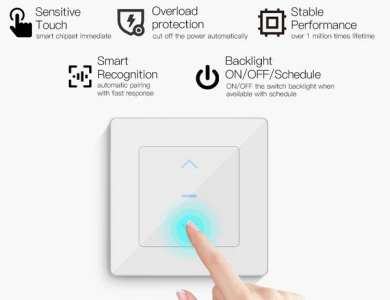Investing in a solar battery for your home can transform your energy usage, making your household more sustainable and less reliant on the grid. However, understanding solar battery prices and how they align with your energy needs is crucial to making the right choice. This guide explores key factors to consider when evaluating solar battery cost for residential use, ensuring you get the best value for your investment.
1. Why Consider Solar Batteries for Residential Use?
Solar batteries offer numerous benefits for homeowners, including:
Energy Independence: Store solar energy for use during outages or at night.
Cost Savings: Reduce energy bills by using stored power during peak hours.
Environmental Benefits: Decrease reliance on fossil fuels, reducing your carbon footprint.
2. Key Factors That Influence Solar Battery Prices
Solar battery costs vary based on several factors, which are essential to consider when budgeting for a residential system:
a. Battery Type
Lithium-ion batteries: Popular for their efficiency, durability, and compact size, but generally more expensive.
Lead-acid batteries: A more affordable option, but with a shorter lifespan and lower efficiency.
b. Storage Capacity
Batteries with higher storage capacities (measured in kWh) cost more but provide greater energy autonomy.
c. Depth of Discharge (DoD)
Batteries with a higher DoD can use more of their capacity without impacting lifespan, often reflected in their price.
d. Brand and Warranty
Established brands with strong warranties tend to charge higher prices, but they offer reliability and peace of mind.
e. Installation Costs
The complexity of installation and compatibility with your existing solar system can add to overall expenses.
3. Typical Price Ranges for Residential Solar Batteries
Budget Options: $5,000 – $7,000
Best for small households or supplemental energy storage.
Example: Lead-acid or entry-level lithium-ion batteries.
Mid-Range Options: $7,000 – $10,000
Suitable for average-sized homes with moderate energy needs.
Example: LG Chem Resu or BYD Battery-Box.
Premium Options: $10,000 – $15,000+
Designed for larger homes or off-grid systems.
Example: Tesla Powerwall or Sonnen Eco.
4. Evaluating Long-Term Value Over Initial Cost
While upfront costs may seem daunting, solar batteries often provide excellent long-term value:
Energy Savings: Use stored energy during peak times to avoid high electricity rates.
Increased Property Value: Homes with solar systems are often more appealing to buyers.
Longevity: High-quality batteries can last 10-15 years, providing consistent performance.
5. Tools to Help Evaluate Solar Battery Costs
a. Online Calculators
Tools like solar savings calculators estimate the return on investment for solar batteries based on your location and energy consumption.
b. Professional Assessments
Consult solar energy experts to design a system that fits your home and budget.
c. Warranty Comparisons
Look for warranties covering at least 10 years or 10,000 cycles, ensuring durability and reliability.
6. Incentives and Rebates to Lower Costs
Government incentives and solar rebates can reduce the cost of installing solar batteries. Check for:
Federal Tax Credits: The Investment Tax Credit (ITC) offers a percentage deduction on solar system costs.
State Programs: Many states provide additional rebates and incentives for solar installations.
7. Tips for Choosing the Right Solar Battery
Determine Your Energy Needs: Assess your daily energy consumption to estimate the capacity required.
Check Compatibility: Ensure the battery integrates seamlessly with your solar panels and inverter.
Consider Future Needs: Opt for scalable systems if you plan to expand your energy use in the future.
Research Reviews: Look for feedback from other homeowners about performance and reliability.
8. The Future of Solar Battery Prices
Solar technology advancements and increased competition are driving prices down. Innovations in battery materials, such as solid-state and flow batteries, promise to make solar batteries even more accessible for residential users in the coming years.
Conclusion
Evaluating solar batteries and prices for residential use involves more than just comparing costs. By understanding the factors that influence pricing, exploring long-term benefits, and leveraging available incentives, homeowners can make informed decisions that maximize their investment. Solar batteries not only enhance energy efficiency but also pave the way for a more sustainable and independent future.




